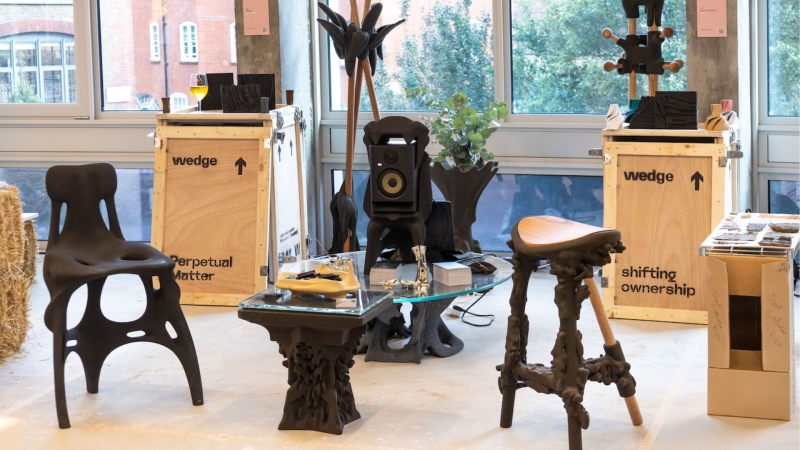by Fabio Colturri
Few studios today manage to define a visual and tactile language of their own. Wedge is one of them. Their works look like they belong to nature, but clearly come from digital processes. It is a design that sits between geology and code.
The London-based practice Wedge, founded by Lei Zhang, Peiyan Zou, and Andy Zhang, has built a style that feels both alien and familiar. At the heart of their method is binder-jet printing in quartz sand, a process that turns grains into solid matter through digital control and no heat. The printer spreads layers of quartz sand and sprays a binder to fuse specific areas, building the piece layer by layer. Once printed, the unbound sand is removed, revealing a form that looks more excavated than made.
This process defines their aesthetic. The result is an object that confuses perception. It looks soft but feels stone-hard, organic but artificial. Their pieces achieve surprise because they do not fit any category. They are sculptural, architectural, and functional at once, yet remain open to interpretation.
Gallery
Open full width
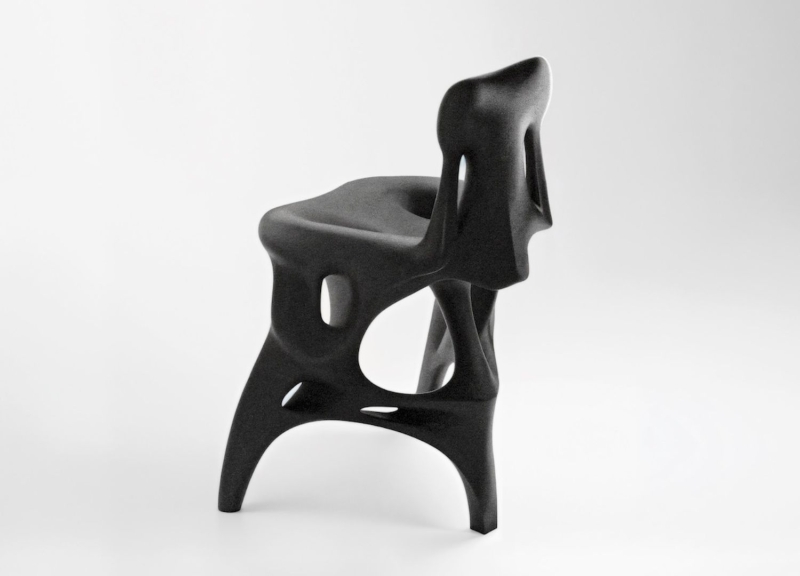
Coccyx White © Wedge
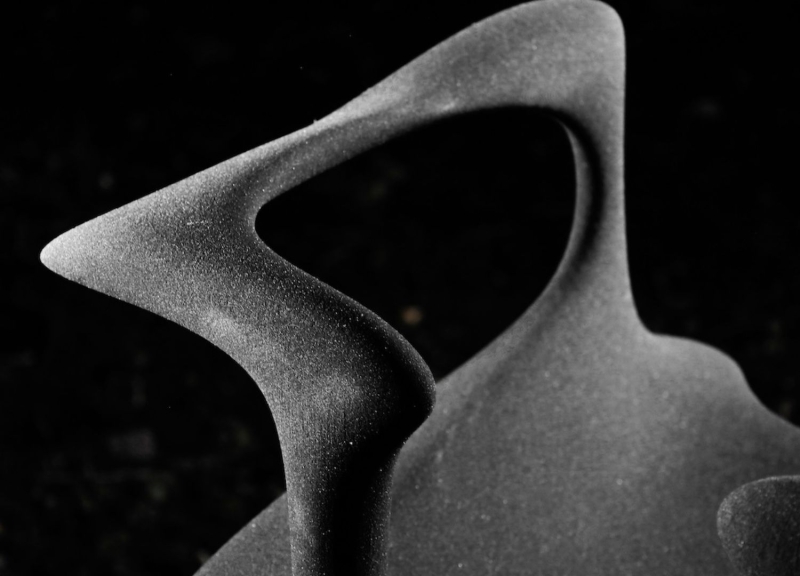
Soleus Detail © Wedge
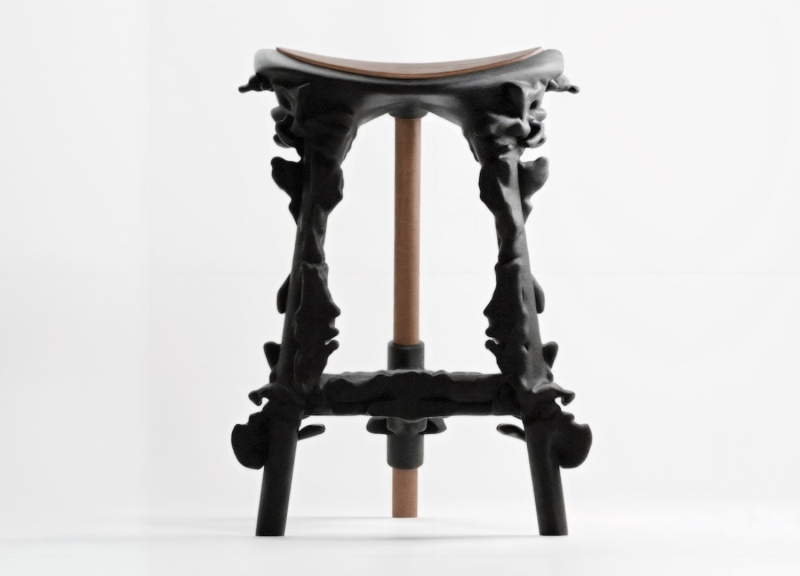
Epoch II – Gorgonia © Wedge
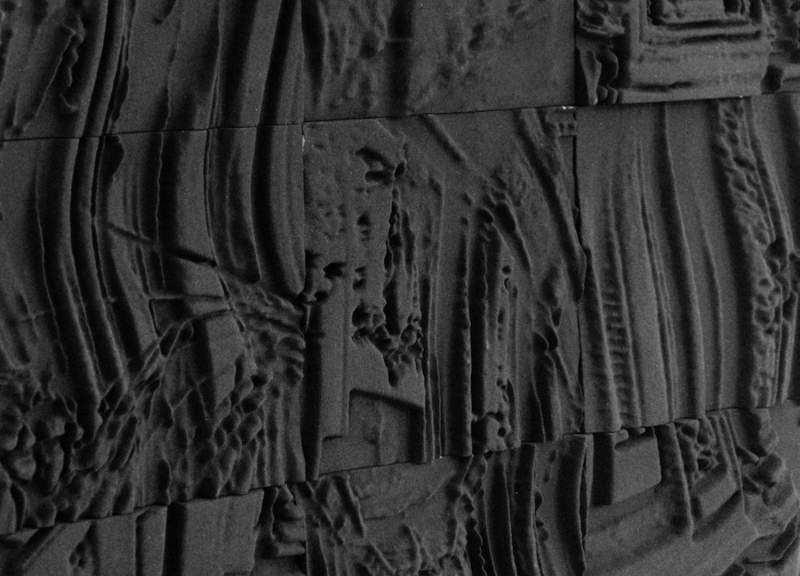
The Wall Panels © Wedge
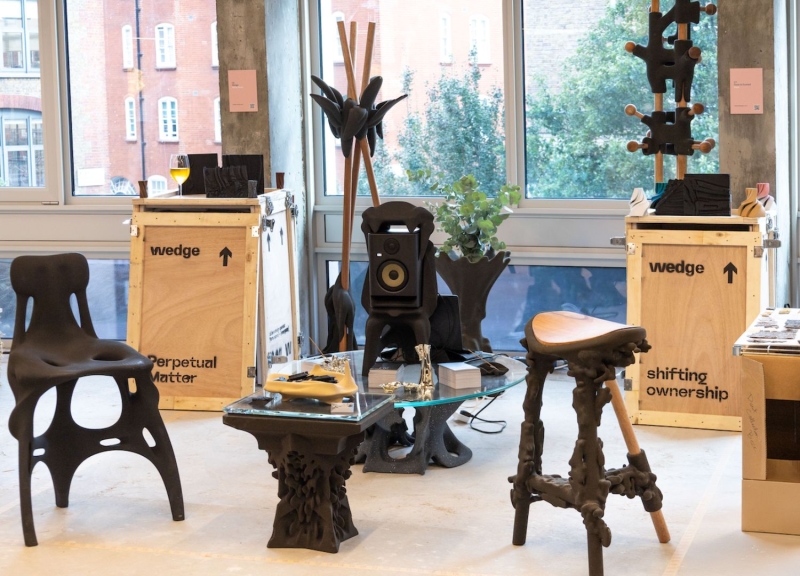
Epoch II – Anomalies at Material Matters 2025 © Wedge
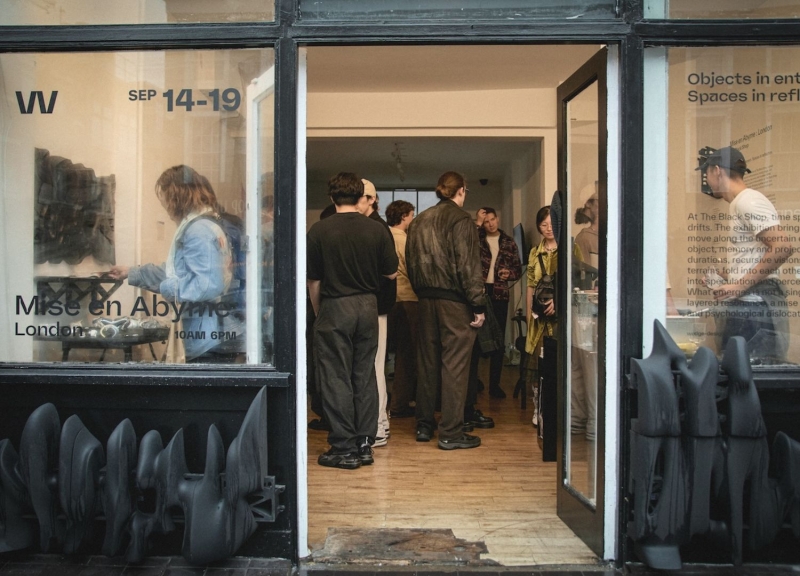
The Black Shop – Facade by Wedge © Tia Liu
Open full width
Their recent presentation at Material Matters for London Design Festival 2025, titled Epoch II – Anomalies, showed this language in full force. The collection of tables, vessels, and fragments seemed to have formed through slow geological pressure rather than design. Each piece was 3D printed in quartz sand and built from data: digital simulations, chaotic particle systems, or LiDAR scans. Instead of correcting digital errors, Wedge amplified them, turning imperfections into structure. The result was objects that looked like they had survived time rather than been made by it.
The same approach continues in other projects. The Wall Panels started from a still from Last Year at Marienbad, processed by an AI model that bent time into space. The distortion became a 3D-printed terrain in quartz sand, turning a cinematic moment into matter. At 3daysofdesign 2025 in Copenhagen, the studio presented another iteration of Epoch II – Anomalies, extending this conversation between data, randomness, and form.
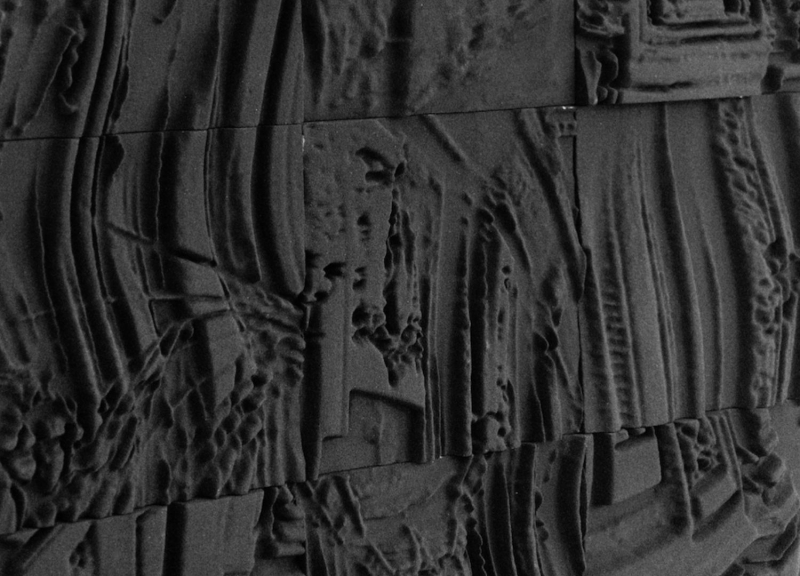
The Wall Panels © Wedge
And then there is The Black Shop – Facade, a public installation created from LiDAR scans of a storefront. Instead of cleaning the data, Wedge kept the blur and motion, printing them as a porous surface in quartz sand. It is not a traditional façade but a digital glitch turned into architecture, a wall that records perception itself.
Across all these works, the studio has created something rare. Their objects do not imitate nature but grow from another logic, merging physics, code, and material curiosity. The surprise lies in contradiction: rough yet precise, solid yet fragile, natural and synthetic at the same time. It is a design language that refuses to explain itself, and that makes it unforgettable.
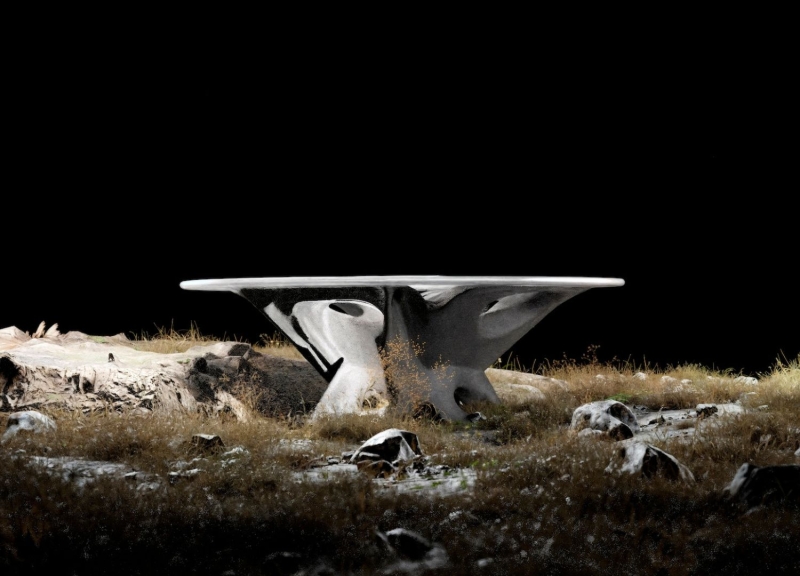
Lyapse © Wedge
Their approach redefines what it means to create in the digital age, showing that design can emerge not from control but from collaboration—with algorithms, particles, and the behavior of materials. By embracing error and unpredictability, they turn technology into a tool for discovery rather than precision.
Each of the pieces becomes a record of interaction between code and matter, revealing new ways to read material reality. What makes their practice distinctive is not the process itself, but how it transforms data into emotion and abstraction into tactility. Wedge’s designs exist between disciplines and definitions, where the artificial and the organic converge. In the end, they don’t simply shape objects—they allow matter to find its own form.
